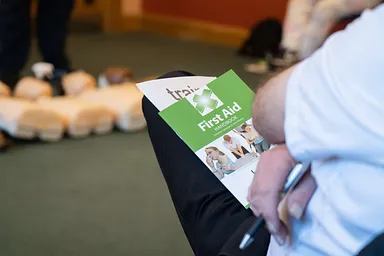
This is often a very fun time of the year! A lot of people would have attended halloween parties and,may have even been out trick or treating. Then just a week later Guy Fawkes night arrives and there is a chance to attend a display or maybe even let off a few of your own in the garden. The latter of which is great fun but should always be treated with caution.
This blog is not really about telling you how to let off fireworks correctly. It is simply aimed at addressing a simple treatment protocol that can be used to help someone with firework related injuries.
Typical Injuries
Sometimes its easy to forget just how dangerous fireworks are. They are typically sold over the counter, and without any real solid guidance (other than to be careful). Sadly every year there are cases where people are blinded and even scarred for life, when amateur firework displays go wrong.
- The most common injuries are burns to the hands and wrists, which are probably the easiest to treat, but that should take nothing away from how serious they are.
- Stray fireworks can also cause burns and injury to the eyes. These types of injuries are very serious. Casualties can suffer temporary and even permanent disruption to their sight.
- Sparklers can also cause nasty burns to the hands, particularly with children. Its worth noting that the average sparkler burns at 1000 degrees celsius. Thats nearly four times the temperature of the household oven! However they are great fun when used correctly.
Quick Treatment
First Aiders are most likely to be treating burns. However always remember to prioritize accordingly. Its unlikely but you could have a casualty whose been knocked unconscious or with severe breathing difficulties. It goes without saying that some rockets have the power to knock a grown adult to the ground. These types of fireworks should only be released after a series of safety checks.
Burns
The treatment for all burns is to place the affected area under running the water. The temperature should be tepid / cold. Running the cold tap alone is often the best bet. You can improvise with a bucket of water and a measuring jug if the casualty is unable to get to a sink. Don't forget to regularly change the water though as it will quickly warm up.
The affected area should be held under the running water for ten minutes, which will help cool the skin down. It is usually best to protect the area after this by applying a burn dressing / shield. it is a special type of dressing, which helps guard against the risk of infection.

The next best thing if you haven't got a burn dressing is to use cling film. Just take the first inch or so off, which ensures cleanliness. Never use standard bandages that you find in first aid boxes. These will stick to the burnt area and will often make the injury worse.
When To Go To Hospital?
All burns involving children and infants should be seen by a hospital. A rough guide for adults is to go to hospital with a blistered burn that is bigger than the palm of your hand. Also seek hospital treatment with any full thickness burn. These are recognisable by a black / charred appearance to the skin and waxy deposits on the surface.
Time To Call an Ambulance?
Call an ambulance when you have a casualty who has collapsed, in shock or who has major breathing difficulties.

.jpg)
.jpg)